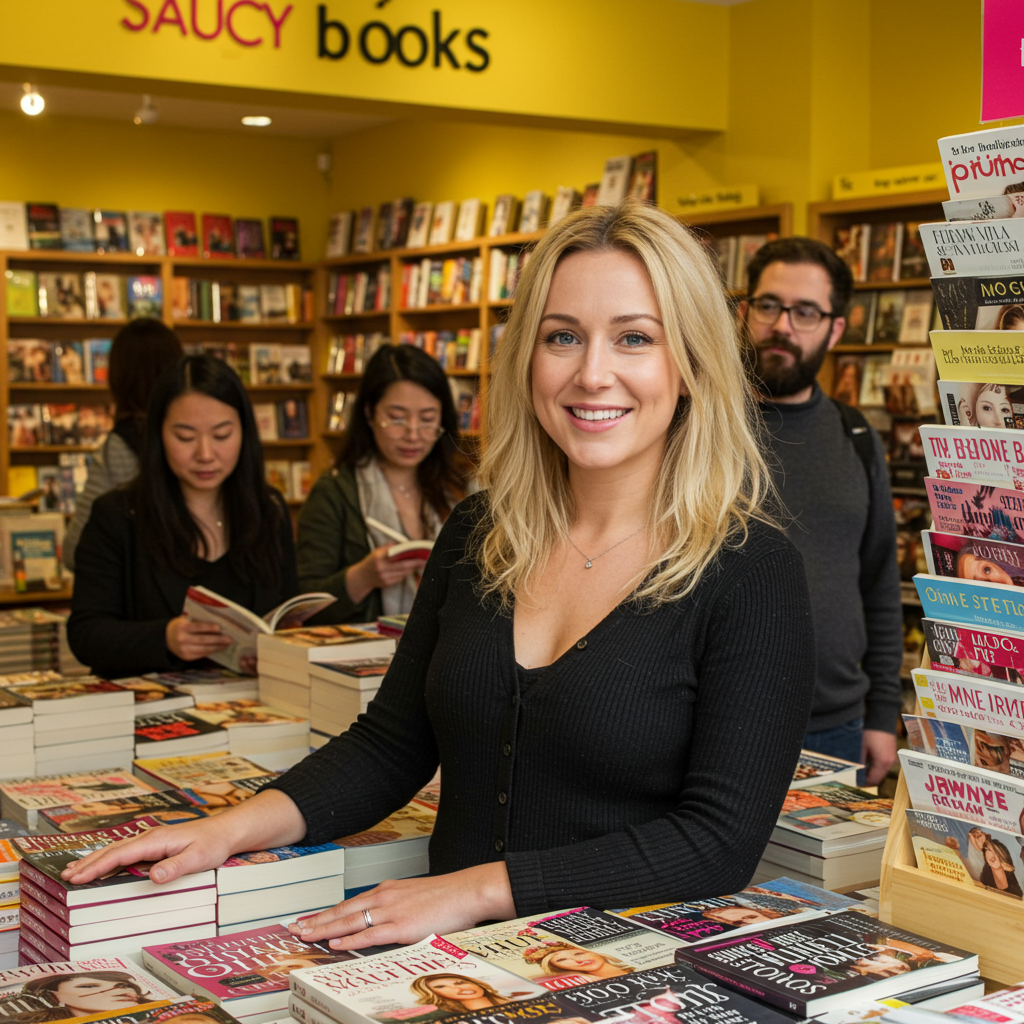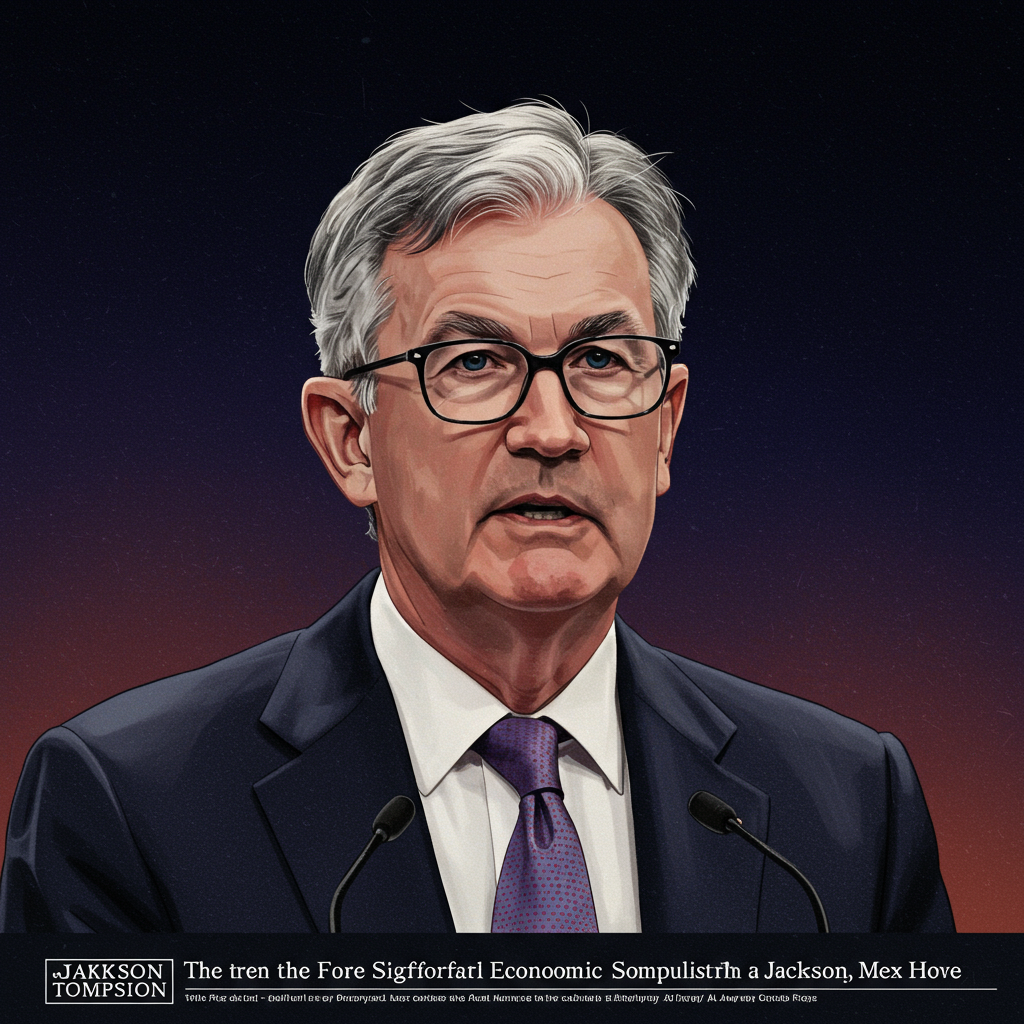The Romance Book Revolution: Why “Happily Ever After” is Big Business
Step inside Saucy Books, London’s first romance-only bookshop, and you’ll find owner Sarah Maxwell standing near the playfully dubbed “smut hut” – a section dedicated to the store’s spicier titles. But surrounded by shelves bursting with vibrant paperbacks, it’s clear this genre is about far more than just erotic content. Young women browse, chat, and pore over titles like Just For the Summer and The Friendship Fling, part of a burgeoning community celebrating a genre too often dismissed.
Sarah Maxwell is on a mission to dismantle the long-held criticism – often from men – that romance fiction is “just smut.” She champions the genre for its “really high-quality writing,” emphasizing that many books feature robust world-building, intricate character development, and compelling plots.
This perception shift is coinciding with unprecedented commercial success. Recent data shows that a significant surge in romance and fantasy sales propelled overall UK fiction revenue past £1 billion for the first time last year. Official figures reveal Romance & Sagas sales climbed from £62 million in 2023 to £69 million in 2024, while Science Fiction & Fantasy saw an even larger leap from £59 million to £83 million in the same period. Both categories have seen their numbers skyrocket year-on-year since 2019, demonstrating dramatic growth particularly since the pandemic.
Romantasy and the BookTok Phenomenon
At the heart of this boom is “romantasy,” a hugely popular blend of romance and fantasy. This sub-genre, featuring titles like Fourth Wing and A Court of Thorns and Roses, places female protagonists in high-stakes relationships within magical worlds.
Much of the genre’s soaring popularity is fueled by online reading communities, most notably TikTok’s #BookTok. This platform has become a powerful engine for recommendations and community building. Literary agent Rebeka Finch highlights the “voracious” appetite of the key demographic driving this trend: women under 35, who account for over half of romantasy purchases. She likens their dedication to that of Taylor Swift fans, known for their intense engagement and desire to own multiple editions of beloved books. This passionate, highly motivated readership provides the confidence for ventures like Saucy Books, even amid challenging retail climates. As Maxwell puts it, “Romance is serious business.”
Readers often connect with books based on specific tropes, like “enemies to lovers” or “second-chance romance,” which are frequently used in marketing. The “spice level” – the amount of explicit content – is also a significant factor for many, often valued for its focus on female pleasure, power, and emotional connection.
Challenging the “Chick-Lit” Stigma
Despite its economic power and growing readership, the romance genre still battles outdated attitudes. Proud romance readers like 23-year-old Sky and 24-year-old Chantelle from London, who discovered the genre through school fanfiction and now rely on BookTok recommendations, admit they sometimes encounter eye-rolling or dismissal when discussing their favourite books.
Caroline, 29, confesses she “sneered a bit” at romance in her early twenties, abandoning it for what she perceived as “smarter” reading after enjoying it as a teenager. However, rediscovering the genre last year with Emily Henry’s bestseller Book Lovers reminded her how “really fun” and “guilt-free” reading could be. She found joy in feeling “all the feelings with something that’s just going to really entertain you.” Victoria, 31, a long-time romance and fantasy reader, values the genre for much-needed escapism, noting, “Sometimes I think we all need a little bit of a happily ever after in life.”
While the “chick-lit” stigma persists, many readers feel attitudes are beginning to shift, partly because people are openly discussing their love for romance online. As Victoria says, they are “talking about it in a different way,” questioning the notion of “guilty pleasures” when it comes to something they genuinely enjoy.
Publishing Shifts and Critical Reception
Within the publishing world, attitudes, though sometimes begrudgingly, are also changing, primarily driven by market forces. Katie Fraser, who writes for publishing magazine The Bookseller, notes that romance was historically a “maligned genre” that some industry professionals avoided. However, the genre’s readers have become such an “economic force” that publishers are now compelled to take it more seriously and invest. Ultimately, “Publishing is an industry, so that’s what it ultimately boils down to,” Fraser explains.
Author Bea Fitzgerald benefited directly from this commercial shift, selling her young adult fantasy rom-com Girl Goddess Queen during the peak of the romance boom. She recalls a time working in publishing when books with significant romantic elements might be published in other literary genres to avoid the perceived stigma of “romance.”
Fitzgerald points out that romance itself isn’t new, long championed by publishers like Mills & Boon. The key difference today is that young people embrace their interests “unapologetically.” They don’t just read; they “shout about it online,” attend conventions, and discuss it with friends, fostering a strong, visible community.
Despite this visibility and commercial success, a persistent issue remains: the lack of serious critical appraisal in mainstream media like broadsheets. Fitzgerald believes this is partly due to the readership being predominantly women and a cultural bias that views happy stories as less serious or lacking literary merit compared to tragedy.
However, there are signs this is changing. For instance, The Safekeep, a novel exploring an unlikely romance with “beautifully rendered intimate scenes written with delicacy and compelling eroticism,” recently won the prestigious Women’s Prize for Fiction. The judges lauded it as a “classic in the making” and a “masterful blend of history, suspense and historical authenticity,” proving that romance elements, even those with eroticism, can indeed be recognized for their literary quality by major awards.
Yet, derision, particularly towards “spicy” titles, persists. Rebeka Finch notes hearing “That’s fairy porn!” countless times, a dismissal she counters by highlighting that explicitly sexual content is often a small part of the book and frequently portrays “fairly healthy sexual relationships,” potentially offering a perspective counter to historical media dominated by the “male gaze.”
Navigating Fantasy vs. Reality
While providing escapism and allowing readers to safely explore sexual desires, the idealized nature of romance novels can also present unique challenges. Consuming stories filled with perfect “book boyfriends” and fairytale relationships might, for some, lead to disappointment with the often messy and imperfect reality of real-life dating and intimacy.
Experts note that romance novels frequently depict sex in ways that don’t always align with reality, such as focusing on unrealistic orgasm frequency or dynamics. While exploring fantasy is healthy and can even boost sexual confidence, confusing fictional scenarios with real-life expectations could potentially impact relationships if not approached with discernment. The key, say experts, is enjoying the escapism while maintaining a realistic view of intimacy outside the pages.
A Powerful Genre with a Bright Future
From the “smut hut” in a London bookshop to record-breaking sales figures, romance fiction is undeniable proof that stories centered on love and connection resonate deeply with millions. Driven by a passionate, digitally connected fanbase and increasingly recognized by the publishing industry for its economic power, the genre is confidently stepping into the mainstream. While it continues to face outdated stigmas and calls for greater critical recognition, the romance book revolution shows no signs of slowing down, promising many more happily ever afters for both readers and the industry alike.




